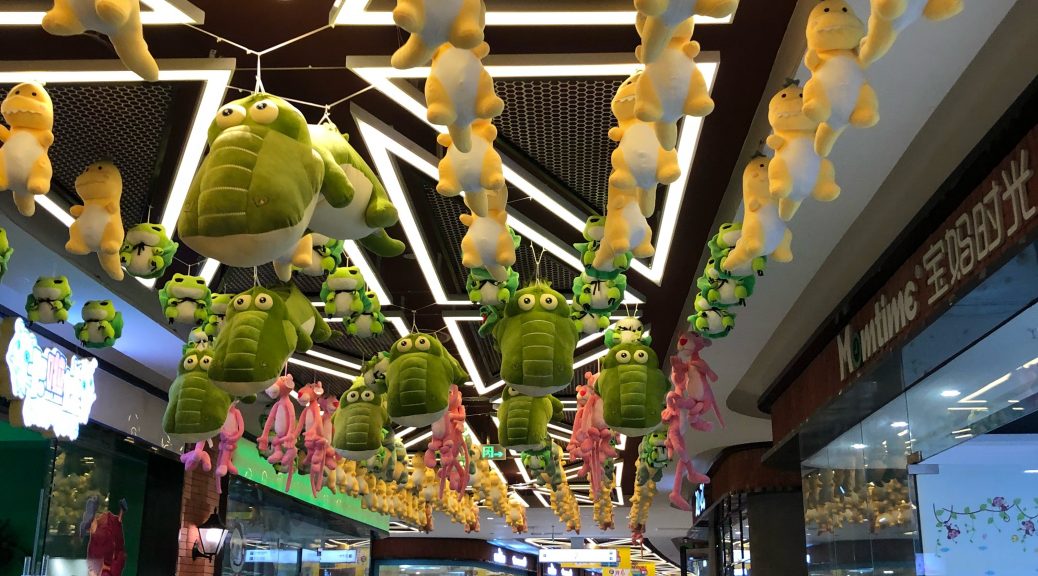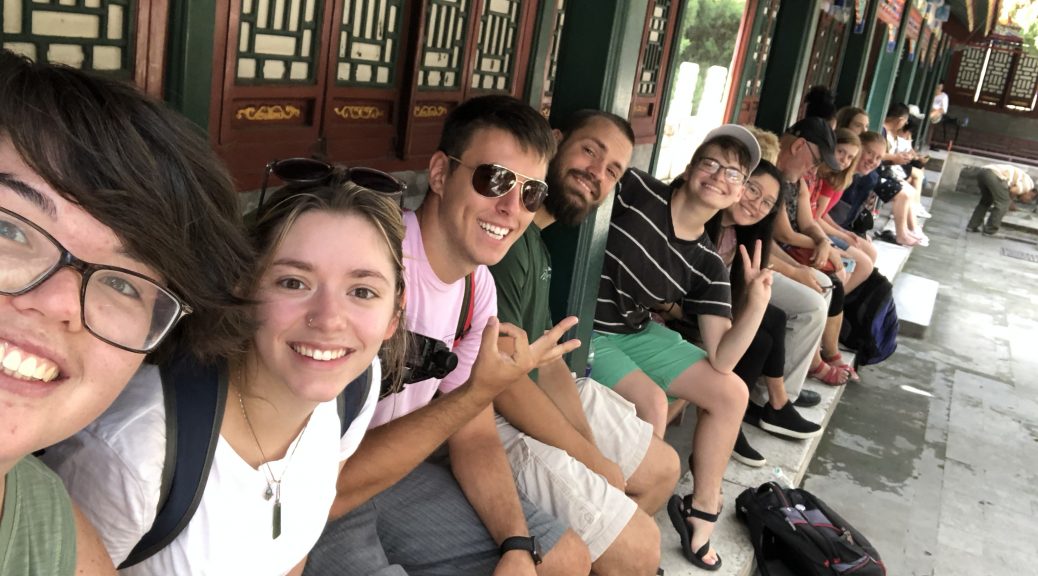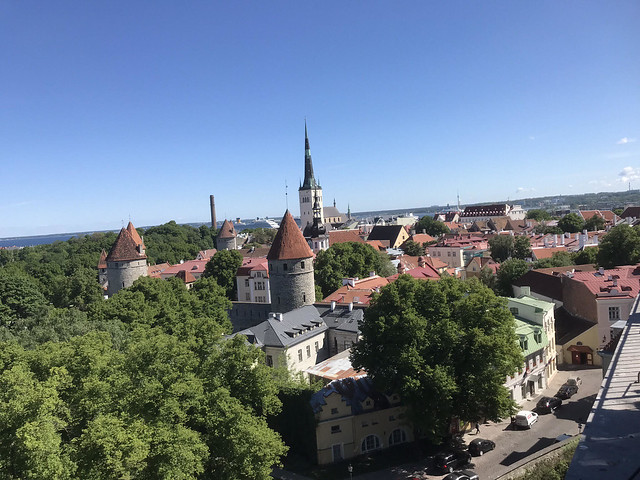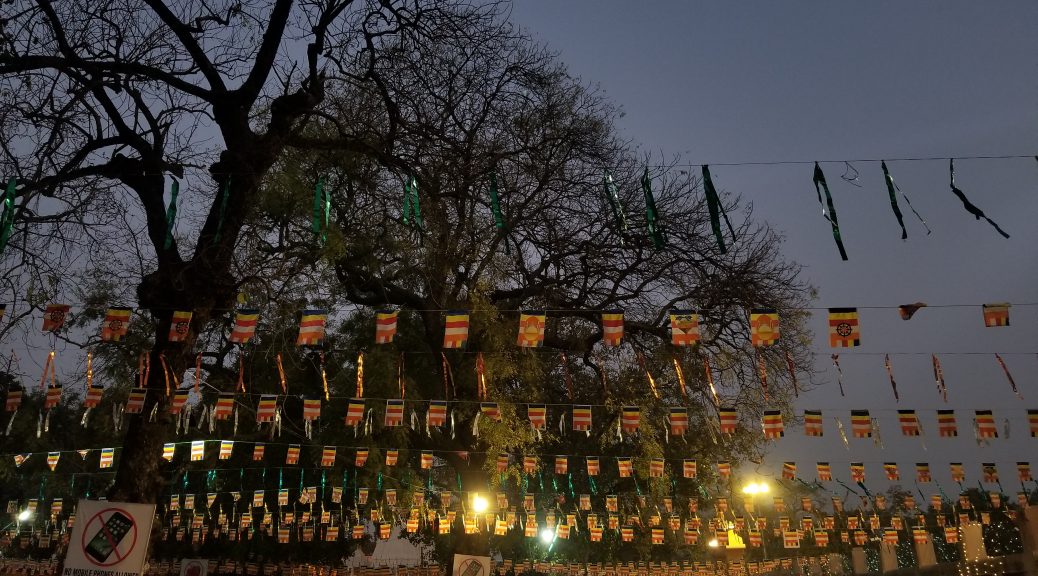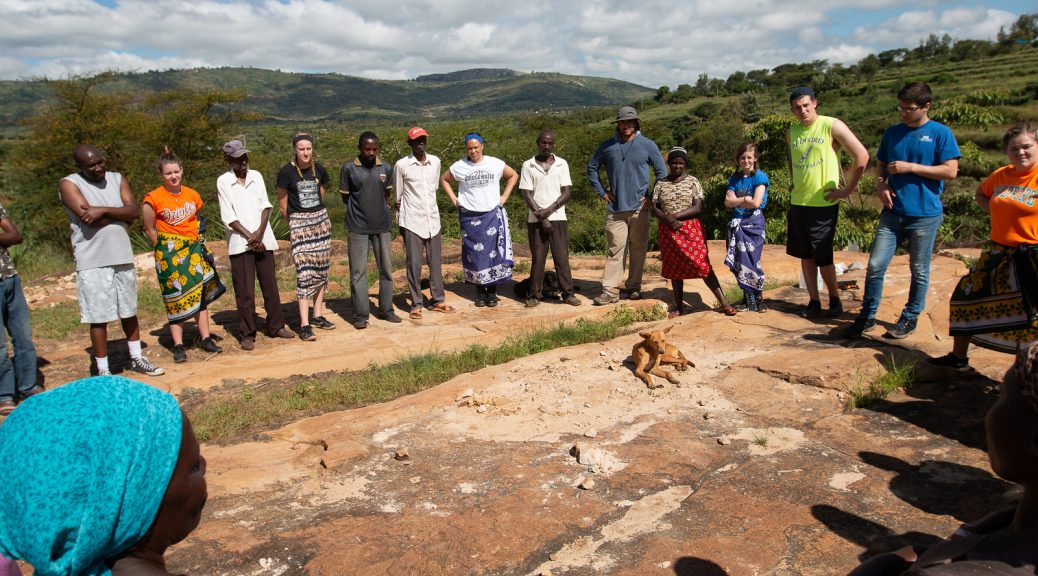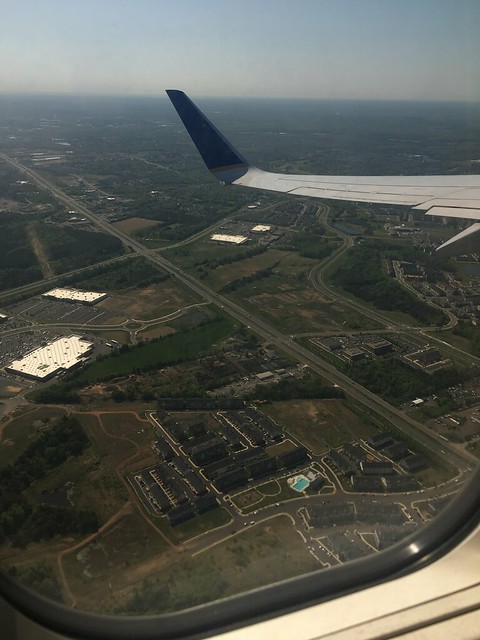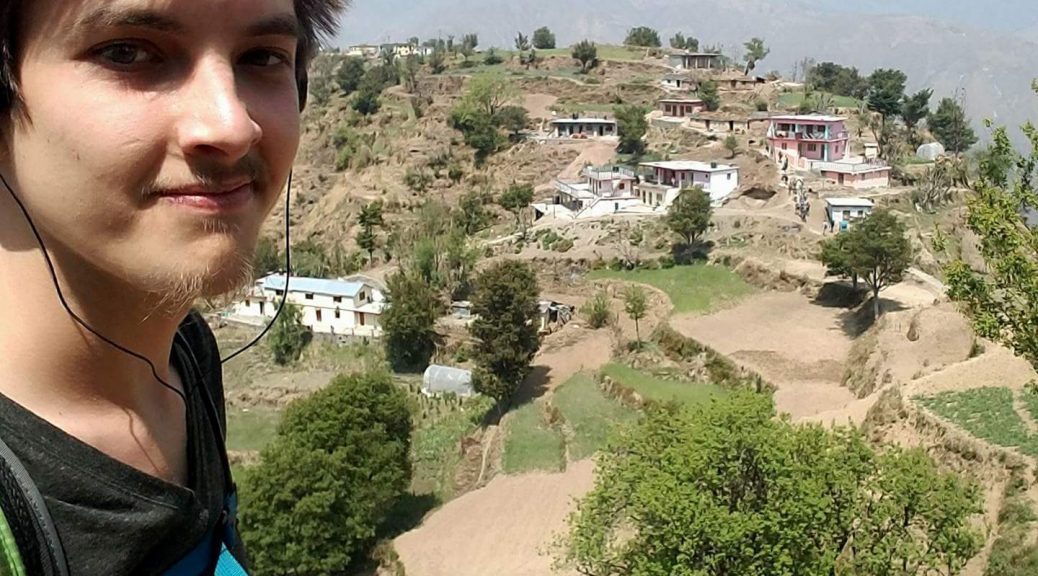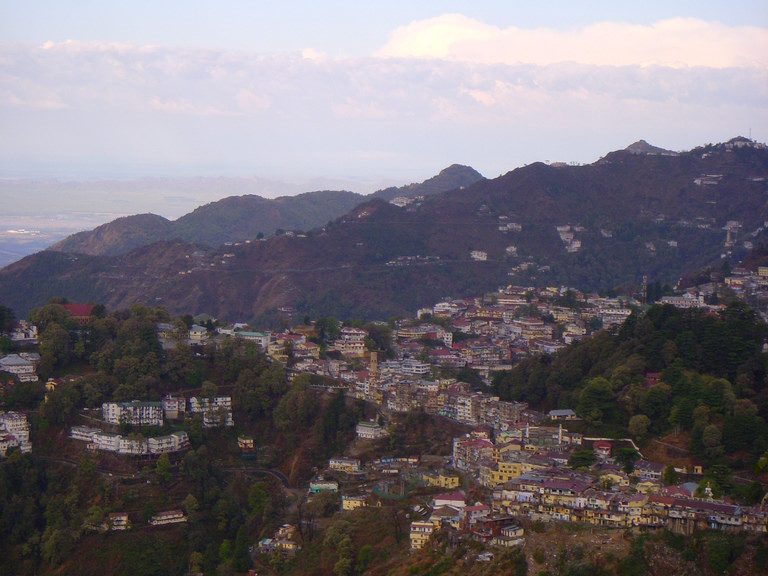China: Making my way in the crowd
September 27, 2018
Top Questions Asked By Year at EMU:
Freshman year - "What's your major?"
Sophomore - "What are your plans after college?"
Junior - "Where are you going for your cross-cultural?"
Senior - "No, seriously pick one. Why haven't you gone yet?"
I remember picking my destination for cross-cultural in the fall of my freshman year. I was a … Continue Reading ››
